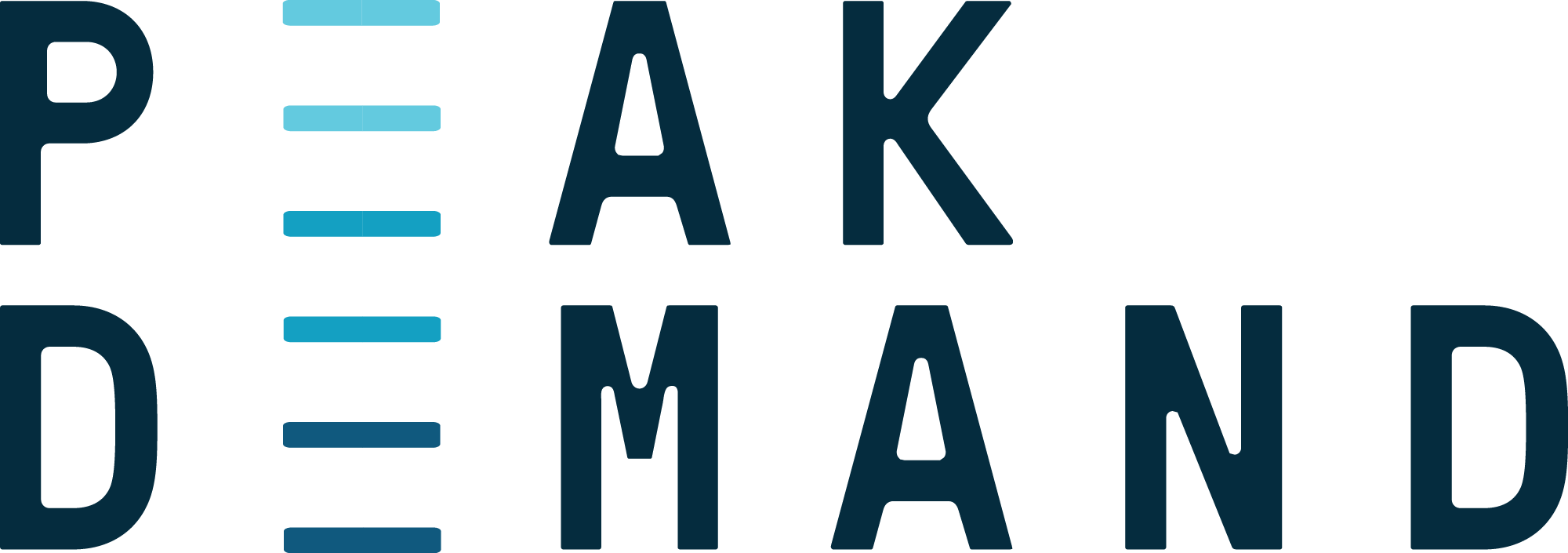How to Answer Behavioral-Based Interview Questions
We get a lot of questions about behavioral-based interview questions. Behavioral-based interviewing has been around for years since behavioral-based questions have been found to be significantly more predictive of how someone will perform vs traditional questioning. Basically, an interviewer will ask you to describe how you overcame obstacles or achieved results in specific situations in the past. If you are caught off guard and unprepared your interview may end quickly. Preparing specific examples you can use in advance can make the difference between making the next interview or not.
I remember one of my first interviews out of college to be a Small Business Sales Rep for ADP selling payroll services. The interview completely unraveled when I blew the behavior-based questioning. In my defense, I had been sick with the flu for two days and didn’t want to miss the interview but regardless, I was not prepared. I didn’t have a compelling answer to “Tell me about a time when you had to overcome adversity in your career…” and not surprisingly, never started a career selling payroll services to small businesses (Although I think everything worked out alright…)
Now I know the right way to answer these questions – The STAR Method. The STAR method creates an outline for organizing your response so that you won’t forget to share key points that demonstrate your experience and the value you bring.
The STAR method stands for; Situation, Task, Action and Result.
Situation – Frame your example, by giving background information. This step offers details that help the interviewer better understand the scenario.
Task – What needed to be done, and what plan of action it took to make that happen. What was the goal?
Action – What steps did you take to fix the problem? Make sure to emphasize the parts that are the most relevant for the role you are interviewing for.
Result – What was the outcome? Were you able to increase revenue, or decrease the time it took to finish a project? This is where you are able to showcase your value.
The major benefit of practicing the STAR method is in the story. Stories tend to be retained and understood better than a list of bullet points, or a yes/no answer. Try to keep you answers to about two minutes and ask if they would like more detail. If your answer is more than two minutes you risk losing the interviewer’s attention.
Let’s run through a quick example.
Question: Can you tell me about a time when you had to complete a complex project on a short deadline?
Answer: Situation I was given a seemingly impossible job of completing a 42 page RFP response for a major project with a 48 hour deadline… Task I was tasked with getting help from our engineering department that was already spread too thin and had refused to help earlier in the process. Action Rather than beg, threaten or bully Engineering into helping on short notice, I wrote the majority of the response myself and asked engineering for a few key details and reviews rather than having an engineer assigned to the entire process. Results I didn’t sleep for two days, but we got the response in and made the first cut. I was able to get more resources for the second round and we eventually won the project delivering $10 Million in revenue over 3 years.
Don’t wait until you land an interview to start practicing this method. Start thinking about some of the professional accomplishments that you are the most proud of or where the most significant that you can refer to in order to effectively answer some of the most common behavioral-based interview questions.
Our next blog will talk about a few of them.
